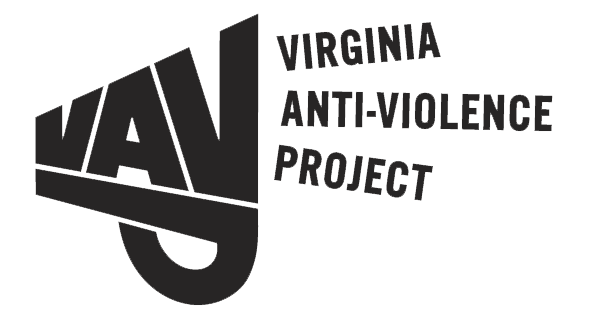
by: Sophia Marano
There is a multitude of unique risk factors and harmful myths that exacerbate intimate violence among members of the LGBTQ+ community. Some of these risk factors include increased age, disability status, and living in poverty. Furthermore, harmful myths and stereotypes exist, such as the notion that older same-sex female partners do not engage in violent behavior. (Hillman, 2020). These stereotypes can be particularly harmful to members of the LGBTQ+ community considering that people often neglect intimate partner violence in non-heterosexual relationships. Above all, members of the LGBTQ+ community who are facing intimate partner violence must overcome all of the challenges that come with the fact that there is not only a lack of national survey data for intimate partner violence for LGBTQ+ people, but also inadequate responses from law enforcement and lack of LGBTQ+ friendly shelters. (Hillman, 2020).
As stated before, there are not only many risk factors that make members of the LGBTQ+ community more vulnerable to intimate partner violence, but there are also many barriers in place that make it difficult for these people to receive the care and treatment they deserve. (NCADV, 2018). There are unfortunately societal beliefs put in place that supports the notion that domestic violence does not occur in LGBTQ+ relationships when in reality, non-heterosexual relationships face intimate partner abuse at the same or higher rate as heterosexual relationships. There is also always the risk of potential homophobia from the staff of service providers and the lack of appropriate training regarding LGBTQ domestic violence for service providers. Additionally, and arguably the most systematic problem faced by this population, is the injustice LGBTQ+ people face in the legal system. (NCADV, 2018).
To face these obstacles head-on, it is also important to acknowledge and correct the myths and stereotypes about LGBTQ+ intimate partner violence. For example, many people believe that the more masculine and stronger partner is typically the abuser. (HRC, 2017). However, this is not true; intimate partner violence can impact or be perpetrated by any person regardless of their physical or personal attributes such as size, gender expression, or age. Another common myth is that it is easier for LGBTQ+ victims to leave abusive relationships than it is for heterosexual or married couples. (HRC, 2017). Again, this is completely false; Leaving an abusive partner is often a difficult and painful process, regardless of gender identity, sexual orientation, or marital status. (HRC, 2017). Such myths and stereotypes are extremely harmful to the LGBTQ+ community and may even make survivors more hesitant to come forward and seek help.
There are numerous risk factors and harmful myths that exacerbate intimate violence that is specific to members of the LGBTQ+ community. There are also many barriers in place that make it difficult for these people to receive the care and treatment they deserve. To improve health outcomes for LGBTQ+ people facing intimate partner violence, it is important to not only be cognizant of the unique risk factors this population faces, but also of the myths and stereotypes about members of this community.
Citations:
Hillman, J. (1970, January 1). Intimate partner violence among older LGBT adults: Unique risk factors, issues in reporting and treatment, and recommendations for research, practice, and policy. SpringerLink. Retrieved November 27, 2022, from https://link.springer.com/chapter/10.1007/978-3-030-44762-5_13
NCADV: National Coalition Against Domestic Violence. Domestic Violence and the LGBTQ Community. (n.d.). Retrieved November 27, 2022, from https://ncadv.org/blog/posts/domestic-violence-and-the-lgbtq-community
Common myths about LGBTQ domestic violence. Human Rights Campaign. (n.d.). Retrieved November 27, 2022, from https://www.hrc.org/news/common-myths-about-lgbtq-domestic-violence
